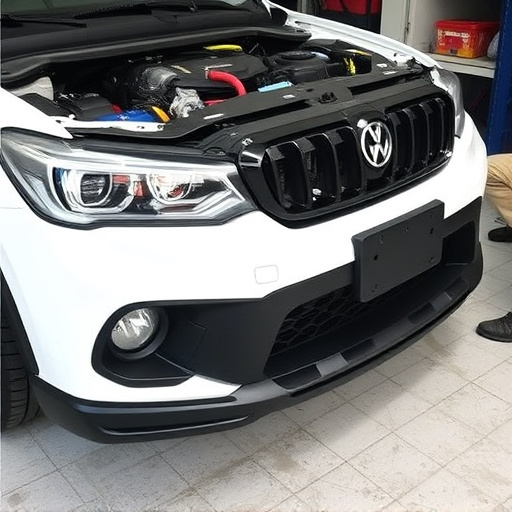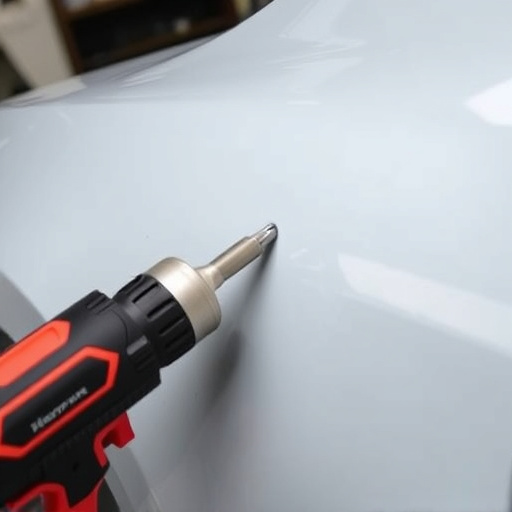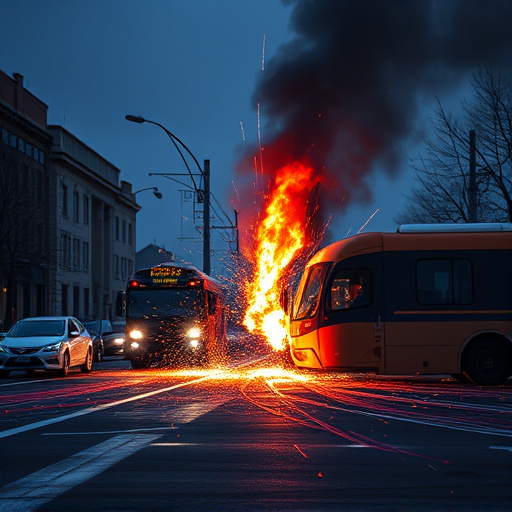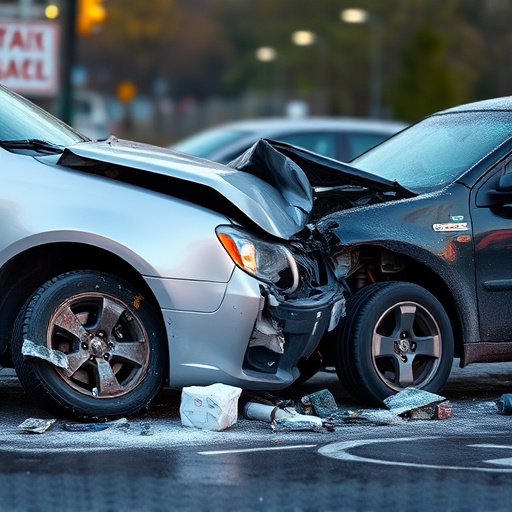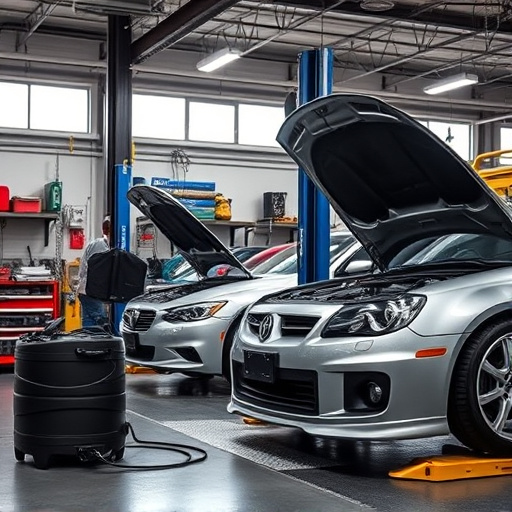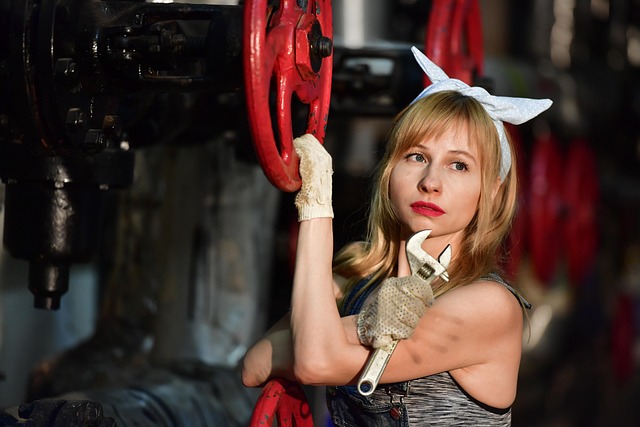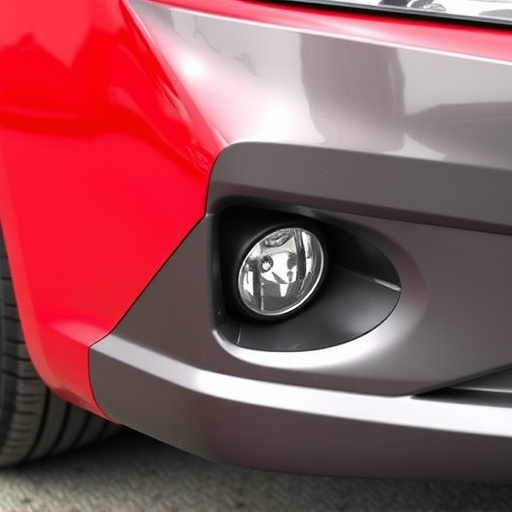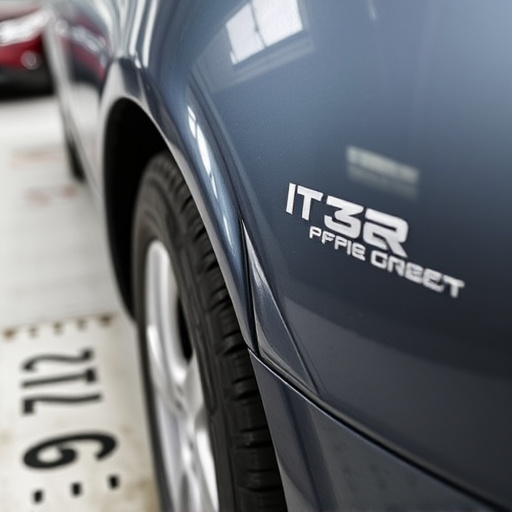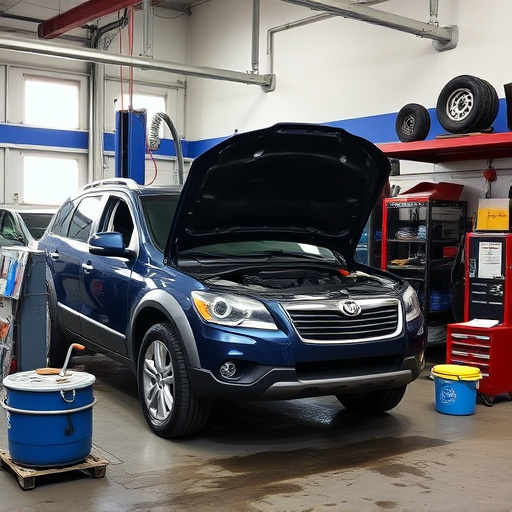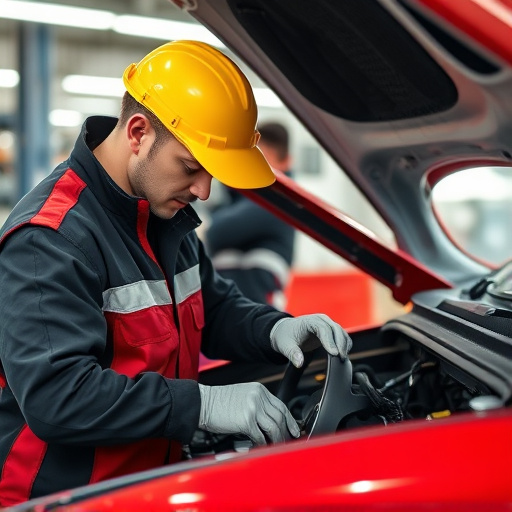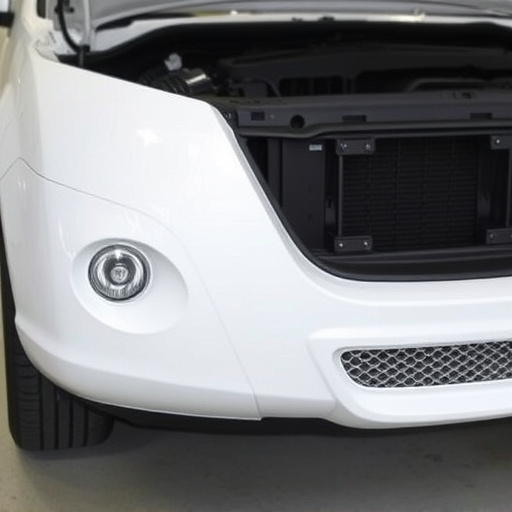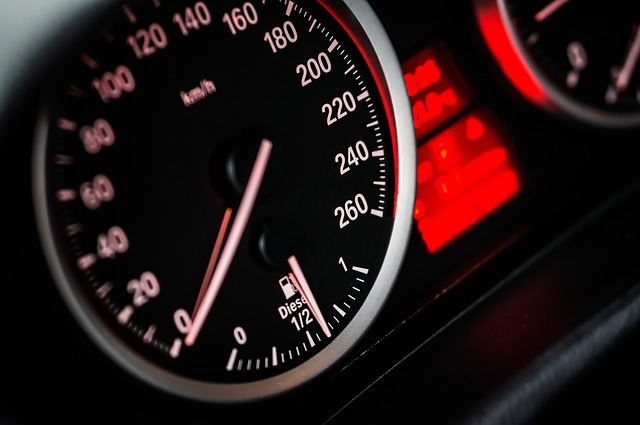In full-service collision repair, achieving precise paint matching is vital for restoring vehicles to pre-incident condition. Modern technology like advanced algorithms and databases, along with skilled technicians using tools like spectrophotometers, ensures accurate color replication. This involves meticulous environmental control, high-quality paint samples, and comprehensive training in color theory. Investing in specialized equipment and standardized procedures further enhances accuracy and consistency, solidifying the shop's reputation as a leader in automotive repair.
In the realm of full-service collision repair, paint matching accuracy is paramount for achieving impeccable results. This article delves into the intricacies of modern paint matching technology and its pivotal role in ensuring vehicle restoration to pre-accident condition. We explore key factors influencing paint matching accuracy, from surface preparation to equipment calibration, offering best practices to help technicians consistently deliver superior outcomes in full-service collision repair.
- Understanding Paint Matching Technology for Accurate Repairs
- Key Factors Affecting Paint Matching Accuracy in Collision Repair
- Best Practices to Ensure Superior Paint Matching Results in Full-Service Collision Repair
Understanding Paint Matching Technology for Accurate Repairs
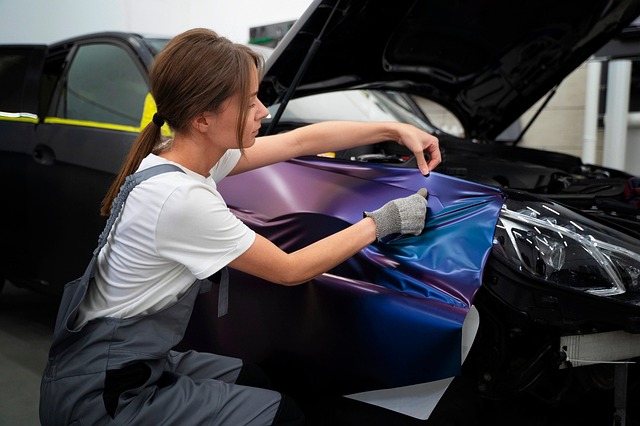
In the realm of full-service collision repair, achieving precise paint matching is paramount to restoring vehicles to their pre-incident condition. This intricate process involves advanced technology that has revolutionized auto repair shop capabilities. Modern paint matching systems utilize sophisticated algorithms and databases to identify and replicate vehicle paint codes with remarkable accuracy. By scanning the existing paint and comparing it to a vast library of color profiles, these systems ensure an exact match, minimizing the risk of unsightly differences or inconsistencies in the final repair.
The technology behind paint matching has evolved significantly, offering collision repair technicians a powerful tool in their quest for excellence. With access to comprehensive color data and advanced scanning tools, auto repair shops can now deliver top-tier results, even for complex color matches. This level of precision not only enhances the visual appeal of repairs but also contributes to customer satisfaction, as vehicles return to the road looking as good as new, complete with seamless paint jobs that rival the original factory finish—a true testament to the capabilities of modern collision repair.
Key Factors Affecting Paint Matching Accuracy in Collision Repair
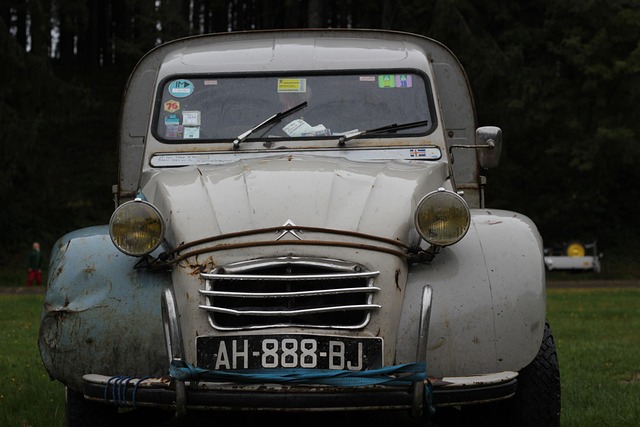
In full-service collision repair, achieving precise paint matching is a complex task that hinges on several critical factors. The first and perhaps most obvious is the quality and quantity of the original paint sample. A comprehensive and accurately taken paint sample from the damaged vehicle ensures a solid foundation for matching. Even minor variations in lighting or angle during sampling can result in mismatches when attempting to replicate the exact color and finish.
Additionally, the expertise and experience of the technicians play a significant role. Skilled professionals with extensive training in car collision repair and car paint services are adept at interpreting paint codes, understanding pigment interactions, and applying advanced matching techniques. They employ specialized tools and technologies, such as advanced spectrophotometers, to analyze and match colors precisely. Other factors include environmental conditions during the painting process—humidity, temperature, and ventilation—all of which can influence the final outcome, requiring meticulous control for optimal paint matching accuracy in full-service collision repair.
Best Practices to Ensure Superior Paint Matching Results in Full-Service Collision Repair
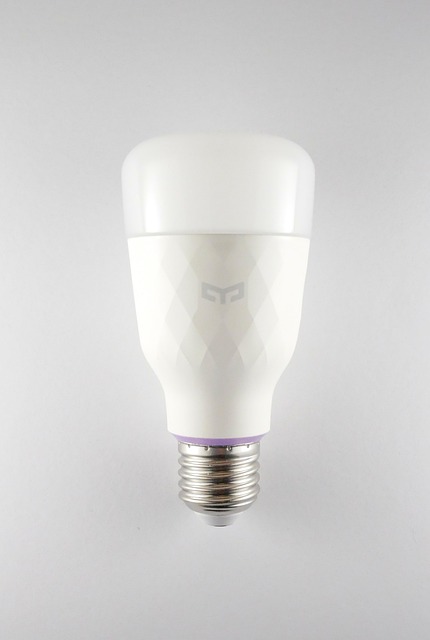
In the realm of full-service collision repair, achieving superior paint matching accuracy is a delicate process that demands meticulous attention to detail. To ensure optimal results, collision repair shops must embrace best practices throughout every stage of car body restoration. Firstly, investing in high-quality equipment and tools specifically designed for paint mixing and application is paramount. These advanced technologies allow for precise color matching, ensuring the restored vehicle’s finish aligns seamlessly with its original specifications.
Additionally, training technicians extensively in color theory, paint composition, and application techniques is invaluable. Technicians should be adept at understanding complex color profiles, identifying subtle variations, and adjusting mixes accordingly. Standardized procedures, including meticulous surface preparation, clean room environments, and controlled lighting conditions during painting, contribute significantly to consistent and accurate results. These practices, combined with a commitment to ongoing quality assurance checks, solidify the collision repair shop’s reputation as a leader in automotive repair, delivering top-tier car body restoration services that meet or exceed customer expectations.
In the realm of full-service collision repair, achieving precise paint matching is a testament to the technology and expertise employed. By understanding the latest paint matching technology, identifying key factors that impact accuracy, and adhering to best practices, professionals can ensure superior results. This not only revitalizes damaged vehicles but also preserves their original aesthetic, meeting or exceeding customer expectations in today’s competitive automotive landscape.
